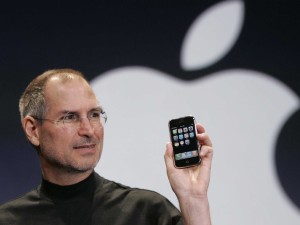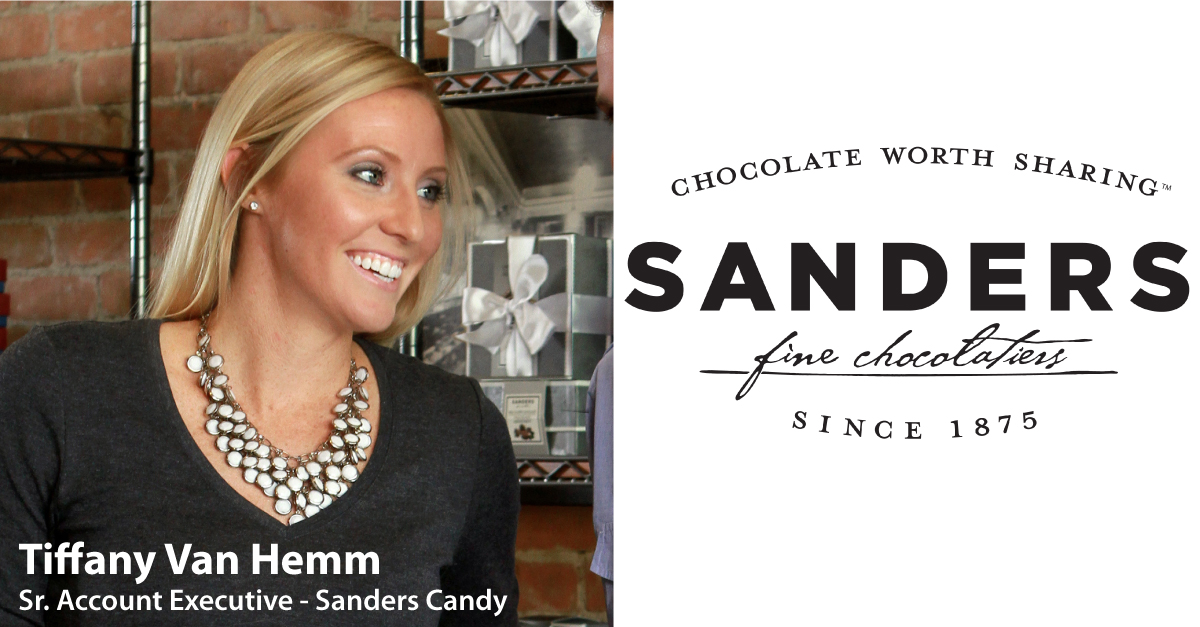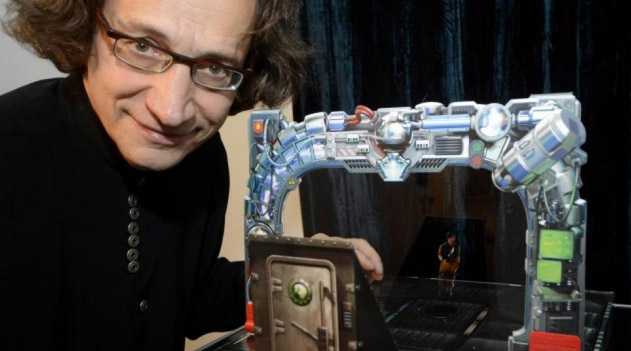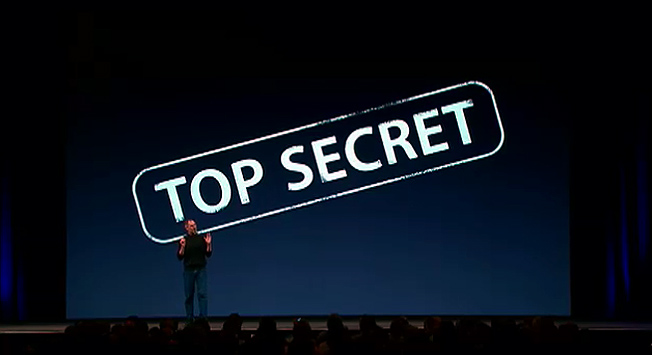From Creative
InnovEights Ep. 4 – Jeff Hobson – Live From Broadway
InnovEights Podcast Ep. 3 – Sanders Candy: The Roles Thomas Edison & Henry Ford Played In They 140-Year-Old Michigan-Based Candy Company.
On the third episode of the InnovEights podcast, Michael Mode talks with Tiffany Van Hemm, Sr. Account Executive at Sanders Candy, about the roles Thomas Edison & Henry Ford played in the development of the Michigan-based company that was founded in 1875. Tiffany also discusses some of the past and present innovations at one of the world’s sweetest companies, including the invention of the ice cream soda by company founder Fred Sanders. Click here to listen to the episode now… https://soundcloud.com/podcastdetroit/innoveights-with-michael-mode-episode-3-sanders-candy-innovations
Michael Mode is a speaker and innovation consultant who teaches companies how to Think Like A Magician to solve challenges that seem impossible.
InnovEights Podcast Episode 2 – Mark Setteducati – Multiple Patent Holder and Toy Inventor
In the second episode of his InnovEights Podcast, Michael Mode talks with highly regarded toy, puzzle & magic inventor Mark Setteducati. Mark talks about creativity and shares some of the innovation techniques he’s used to create products for Hasbro, SpinMaster, Tenyo and Random House. Mark worked with Milton Bradley to develop, Magic Works, the best selling magic line of all-time, generating $20 million in the first year alone. In 2010, Mark was awarded the Most Innovative Toy of The Year Award for his hightly-innovative JIGAZO Puzzle. Mark Setteducati holds multiple patents for his creations, including puzzles for the Rubik’s line and puzzles for Mattel, for which he served as a creative consultant for Harry Potter. Click this link to listen to the full 20-minute conversation http://www.podcastdetroit.com/audio/innoveights-with-michael-mode-episode-2/
How Did Apple Keep the First iPhone a Secret?
“We do not say anything about future projects. We work on them in secret, then announce them.” – Steve Jobs
It was eight years ago today that the very first iPhone went on sale. In its first two days, over a quarter million units were snatched up by people who had anxiously waited to get their hands on the revolutionary new device. After all, Steve Jobs had introduced the iPhone to the public six months earlier in his now famous keynote presentation. In his address, Jobs told the crowd, “I have been looking forward to this day for two and a half years”, and that, “today, Apple is going to reinvent the phone.” It was a bold statement that proved to be true.
What Steve Jobs didn’t speak about in detail was how he and his team at Apple brought the iPhone to fruition while keeping it a secret. Like a magician, Apple realizes the importance of mystery and how the element of surprise is key to a good presentation.
Apple had a team of nearly 200 people developing the new iPhone, but when Jobs stepped on stage to introduce it, there were only about 30 top level executives who knew how it looked and functioned. How did Apple keep such a big secret up their sleeve?

Here are a few of the ways Apple kept the iPhone a secret:
1. Internally, the iPhone project was known as Purple 2 or P2.
2. Teams working on the project were split up and scattered over Apple’s huge campus, working in many different buildings.
3. When Apple executives visited Cingular (now AT&T), they registered as employees of Infineon, the company Apple was using to make the phone’s transmitter.
4. Hardware and software teams were kept apart. Hardware engineers worked on circuitry loaded with fake software while software engineers worked off circuit boards placed in wooden boxes.
It’s this high level of secrecy that helped make the iPhone a surprise and a huge success. While it might be hard to imagine working on something without knowing all of the details, this can often prove beneficial because you aren’t distracted by what isn’t necessary to your part of the project.
This same “need to know basis” is also used successfully by illusionist David Copperfield, who currently headlines at the MGM Casino in Las Vegas. There are only a few people on Copperfield’s team who know all of the details of the illusions David performs. If someone were to try to leak the secrets, they would only be able to describe the part of the illusion that they knew, not the entire secret. It’s not unusual for Copperfield to spend millions of dollars creating one of a kind illusions, so protecting his ideas is very valuable.
Often times, openly exchanging ideas with others can lead to even better ideas being generated. I believe in reciprocity and feel the more ideas I share with others, the more ideas I get back in return. But sometimes secrecy is essential to business and innovation. Apple’s competitors would love to get a sneak peek at what they’re working on, but creative strategy and dedicated employees do their best to ensure that doesn’t happen.
Eight years after its sales debut, the iPhone is now in its 8th generation, with the latest iPhone 6/iPhone 6 Plus selling more than 40 million units in the first 24 hours. Apple continues to innovate, surprise and change the world.
– Michael Mode
Michael Mode is an innovation speaker and consultant who teaches companies how to Think Like a Magician so they can solve challenges they feel might be impossible. https://www.magicmode.com twitter: @michaelmode



